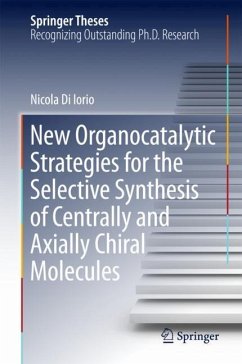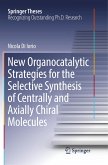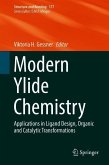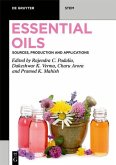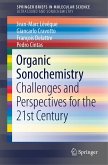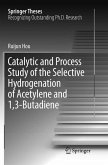This thesis discusses the use of asymmetric organic catalysis for the direct enantioselective synthesis of complex chiral molecules, and by addressing the many aspects of both vinylogy and atropisomerism, it appeals to researchers and scholars interested in both areas.
Organocatalysis is a relatively modern and "hot" topic in the chemical community; it is constantly expanding and its use has been extended to interesting areas like vinylogous reactivity and atropisomerism. Vinylogous systems are very important for their synthetic applications but also pose a number of challenges, the most notable of which are their reduced reactivity and the reduced stereocontrol at these positions. On the other hand, atropisomeric systems are even more important because of the huge potential they have as drugs, ligands and catalysts. Chemists have only recently "recognized" the importance of these two areas and are focusing their efforts on studying them and the challenges they pose.
This thesis offers an extensive introduction on the general aspects of chirality and organocatalysis and an equally extensive experimental section that allow nonexperts to understand the discussion section and reproduce the experiments.
Organocatalysis is a relatively modern and "hot" topic in the chemical community; it is constantly expanding and its use has been extended to interesting areas like vinylogous reactivity and atropisomerism. Vinylogous systems are very important for their synthetic applications but also pose a number of challenges, the most notable of which are their reduced reactivity and the reduced stereocontrol at these positions. On the other hand, atropisomeric systems are even more important because of the huge potential they have as drugs, ligands and catalysts. Chemists have only recently "recognized" the importance of these two areas and are focusing their efforts on studying them and the challenges they pose.
This thesis offers an extensive introduction on the general aspects of chirality and organocatalysis and an equally extensive experimental section that allow nonexperts to understand the discussion section and reproduce the experiments.

